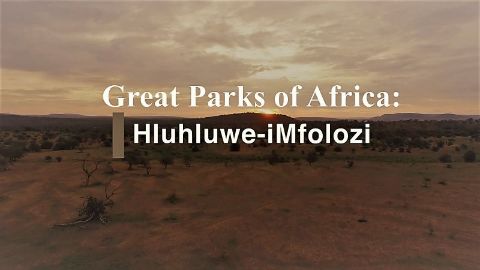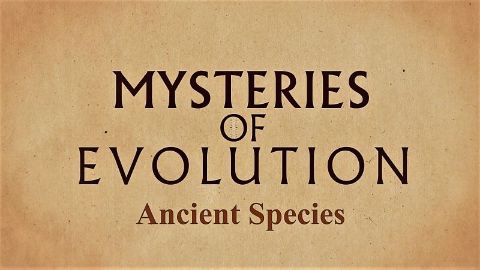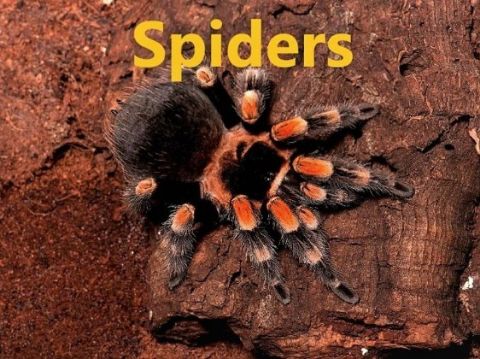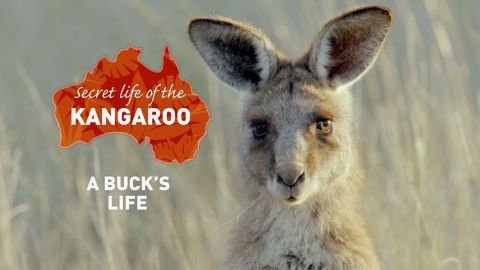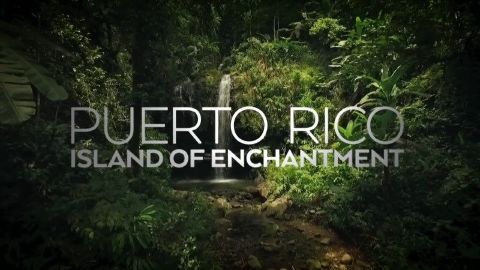Hawaii: A New Eden • 2016 • episode "Part 1" • Nature's Wonderlands: Islands of Evolution
Fortey is on Hawaii to investigate how life colonises a newly-born island. The most remote island group in the world, by some estimates only one new species successfully colonised Hawaii every 35,000 years - yet the Hawaiian Islands teem with a great diversity of life. In search of the evolutionary secrets of how one species becomes many, Fortey encounters beautiful honeycreeper birds whose evolution rivals that of the Darwin's famous finches; carnivorous caterpillars who now can't eat leaves; and giant silversword plants that thrive in parched volcanic soil at 10,000 feet.
Make a donation
Buy a brother a hot coffee? Or a cold beer?
Hope you're finding these documentaries fascinating and eye-opening. It's just me, working hard behind the scenes to bring you this enriching content.
Running and maintaining a website like this takes time and resources. That's why I'm reaching out to you. If you appreciate what I do and would like to support my efforts, would you consider "buying me a coffee"?
Donation addresses
BTC: bc1q8ldskxh4x9qnddhcrgcun8rtvddeldm2a07r2v
ETH: 0x5CCAAA1afc5c5D814129d99277dDb5A979672116
With your donation through , you can show your appreciation and help me keep this project going. Every contribution, no matter how small, makes a significant impact. It goes directly towards covering server costs.



